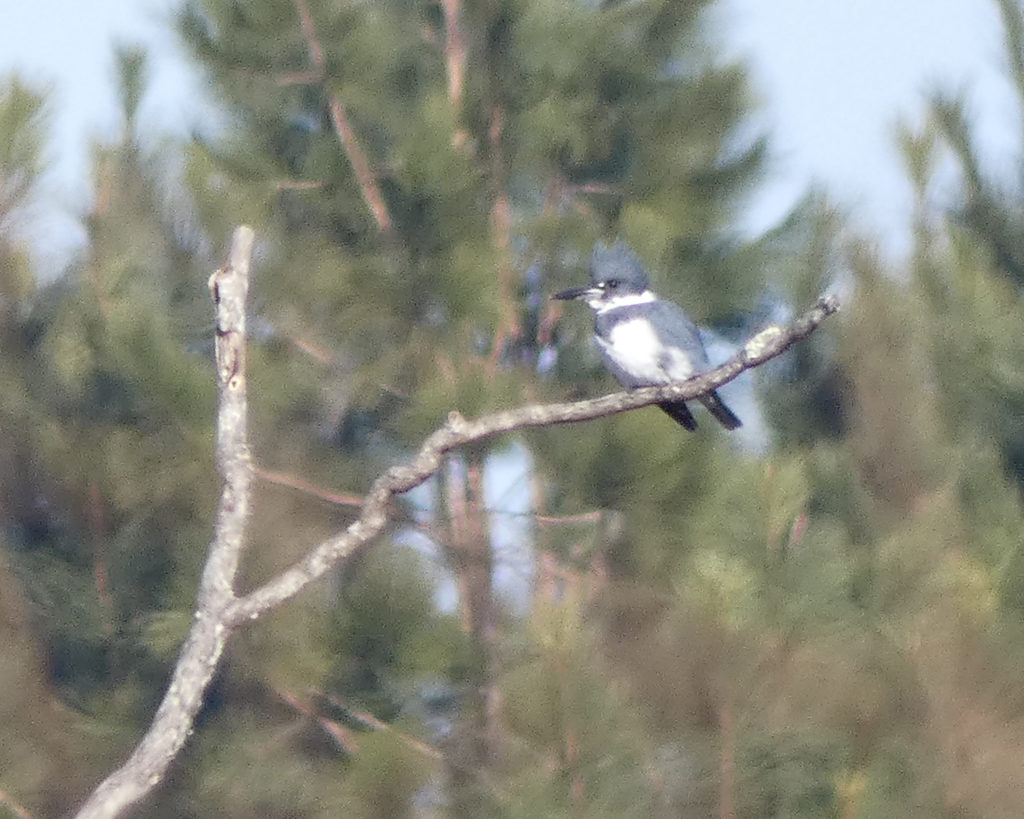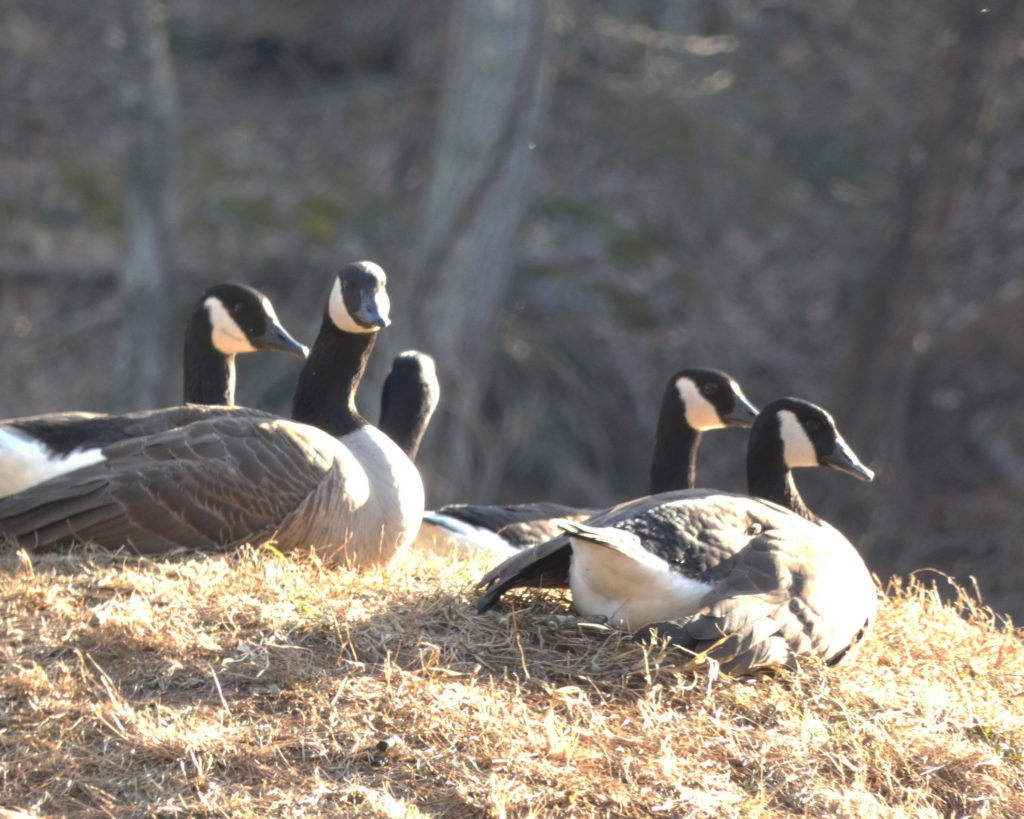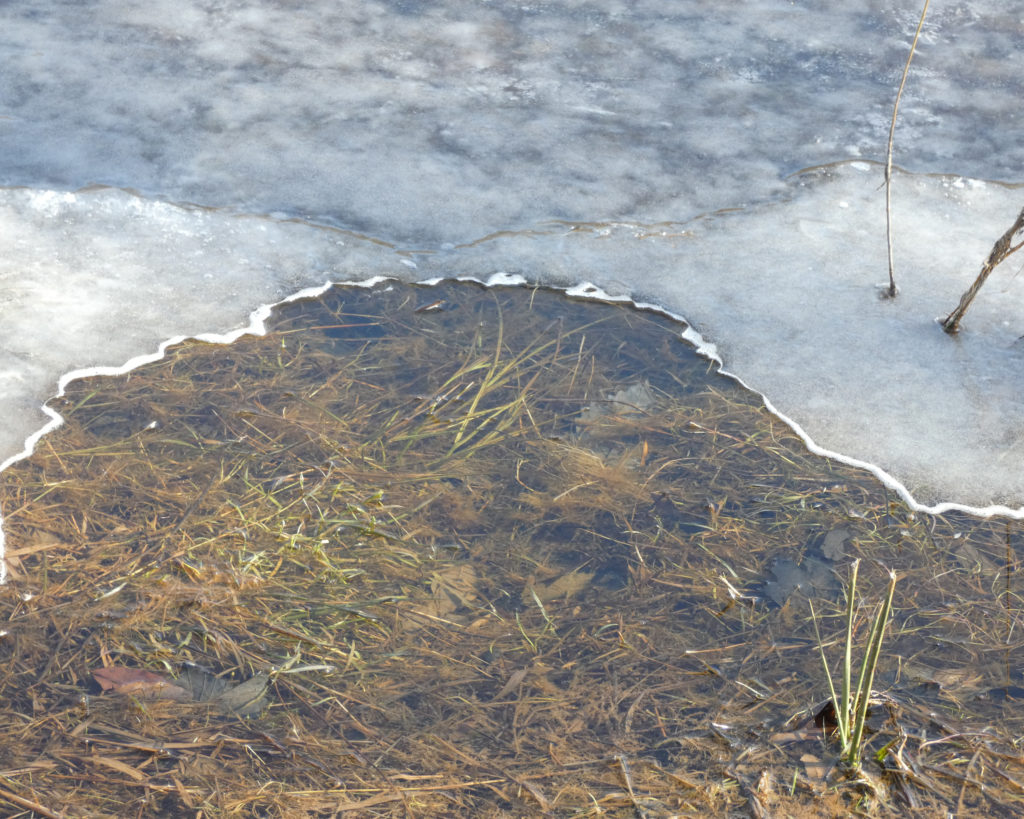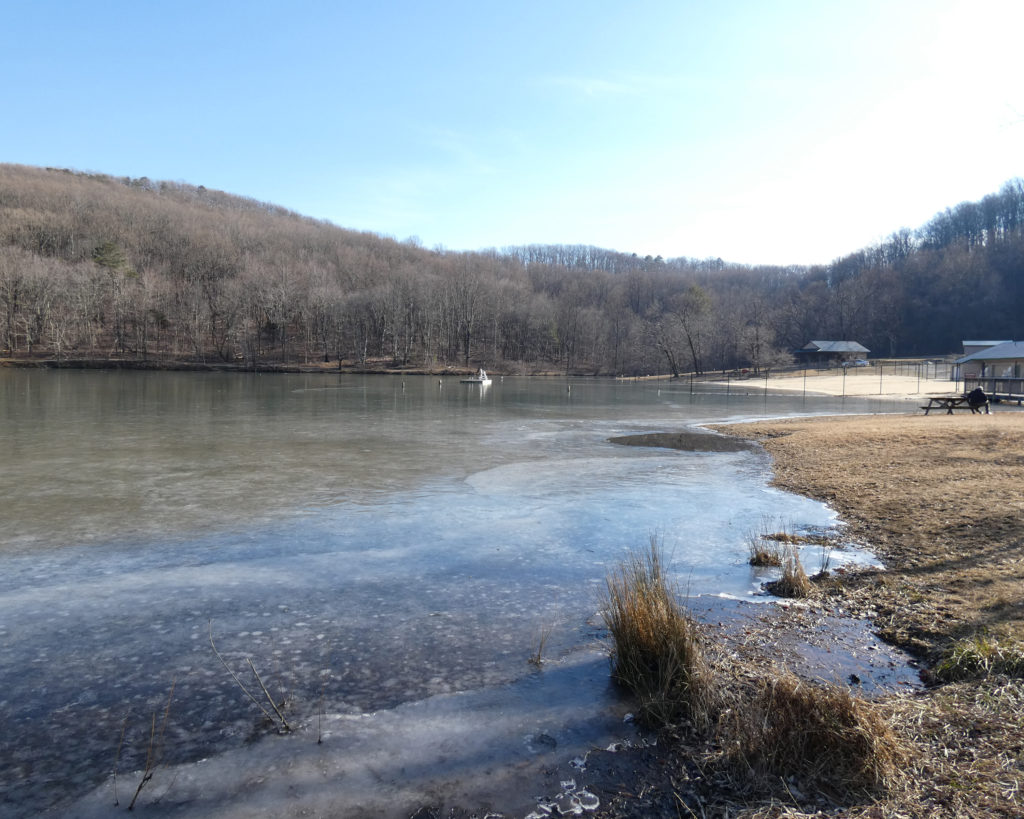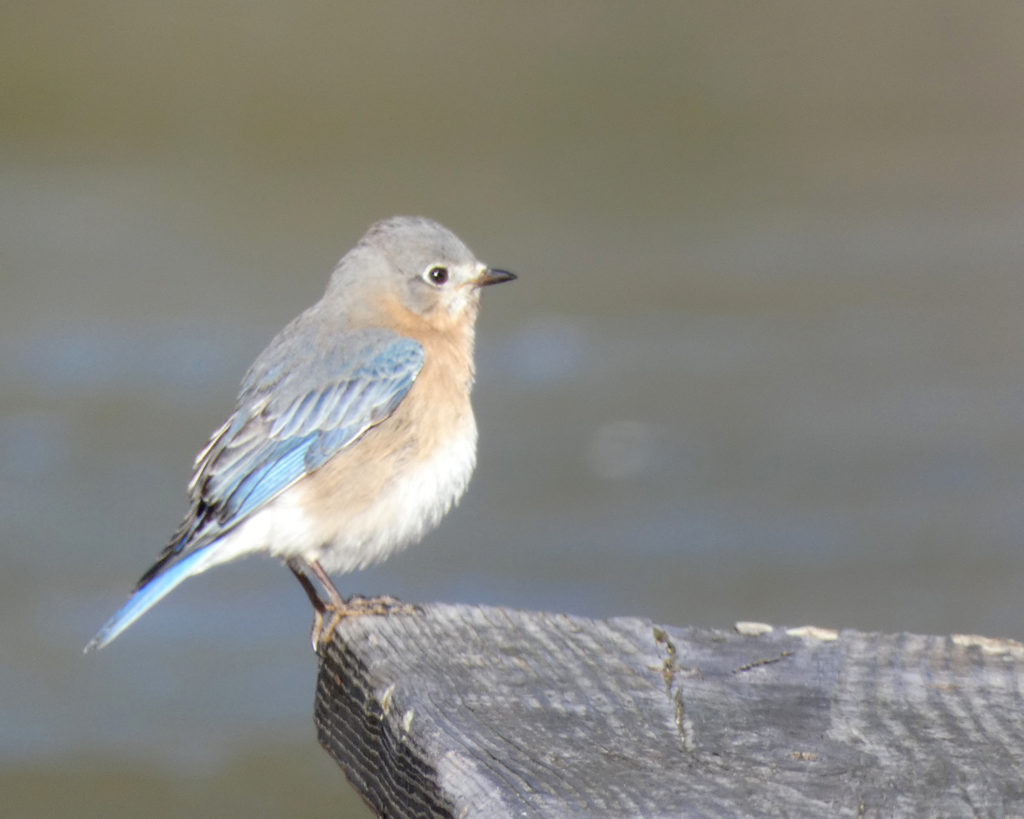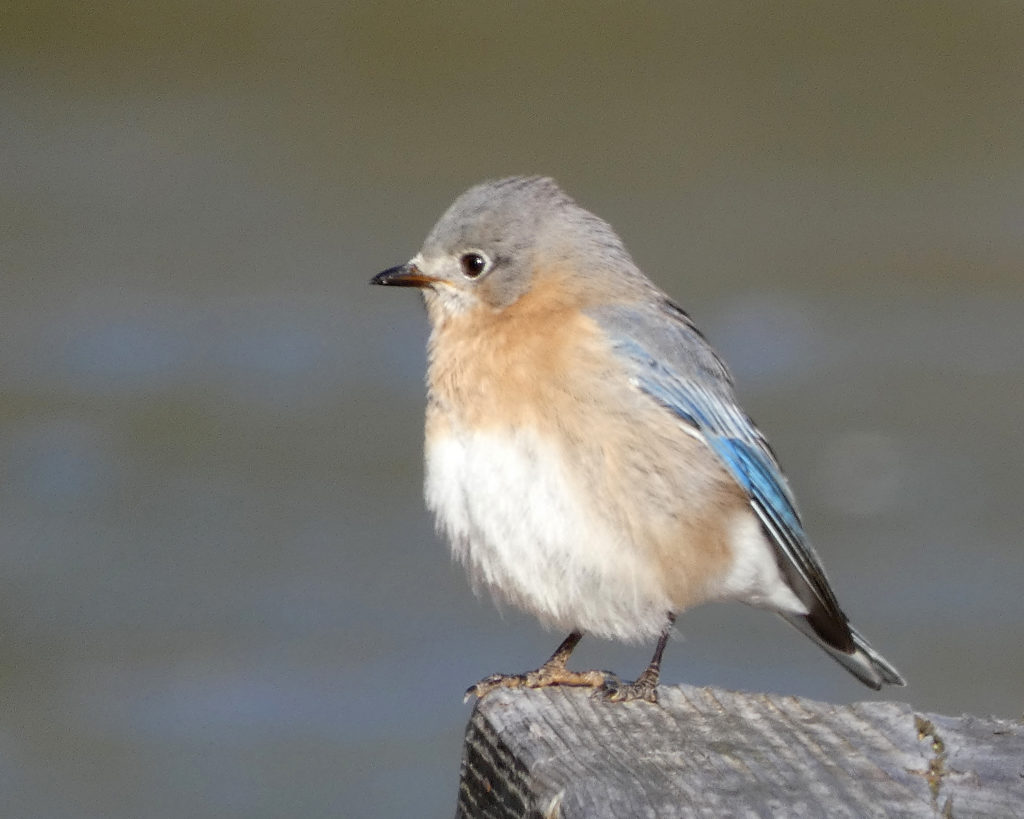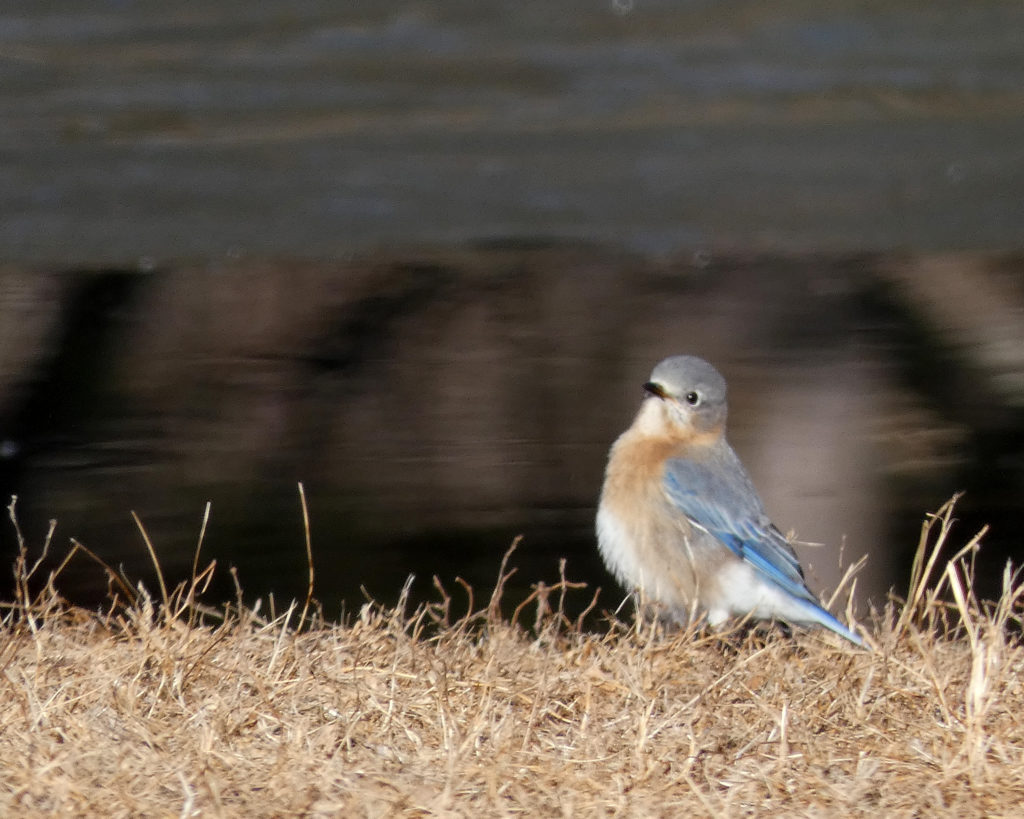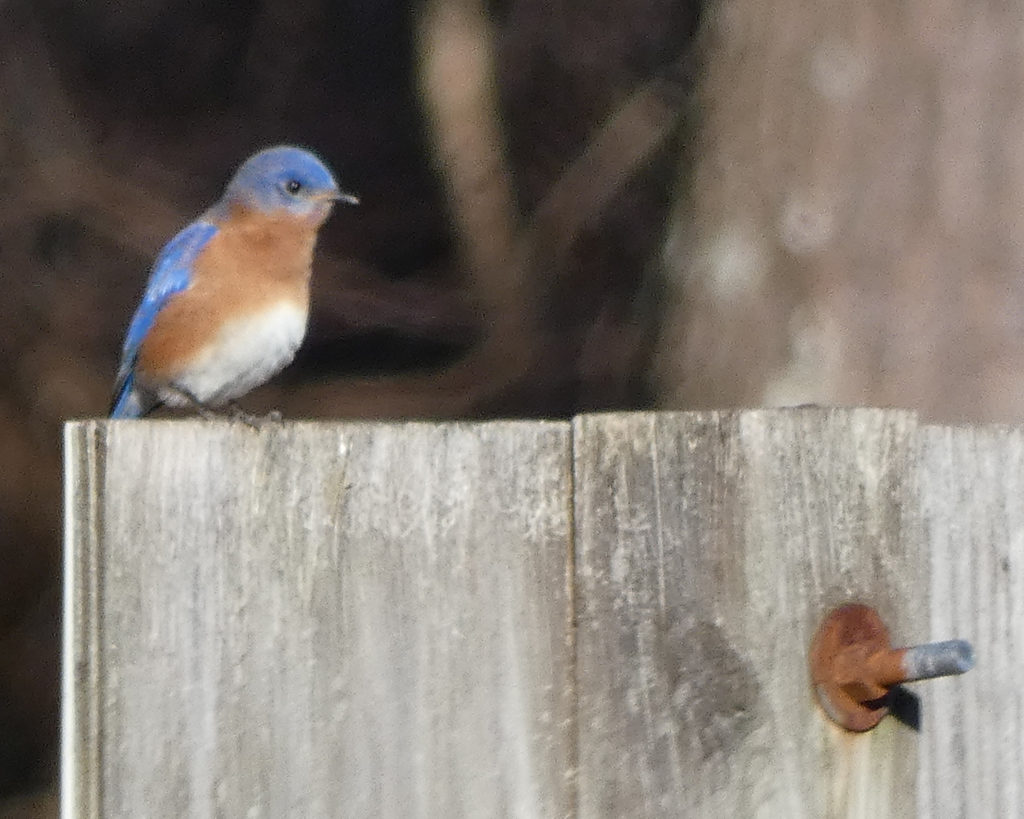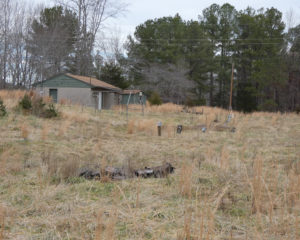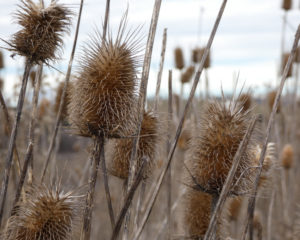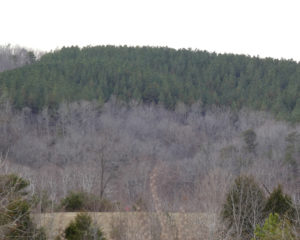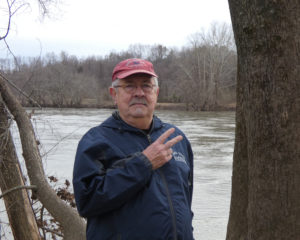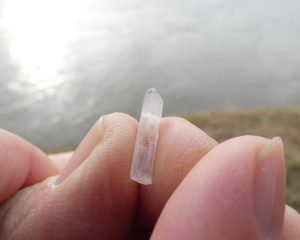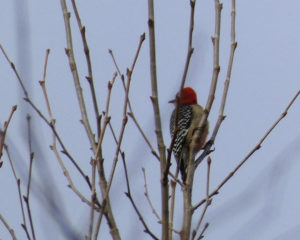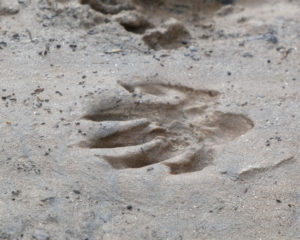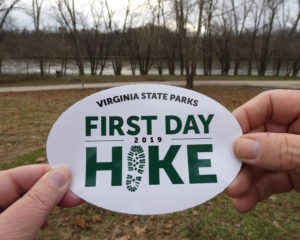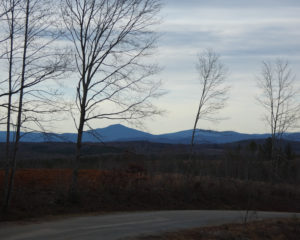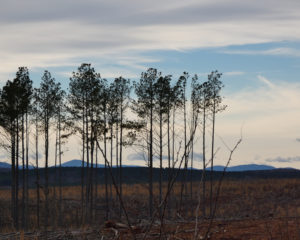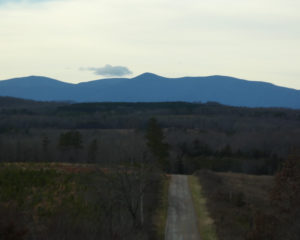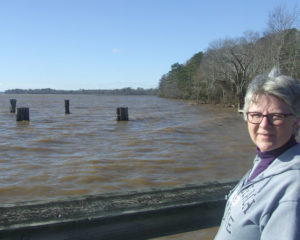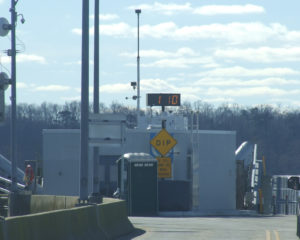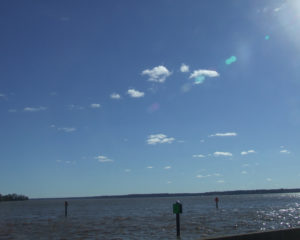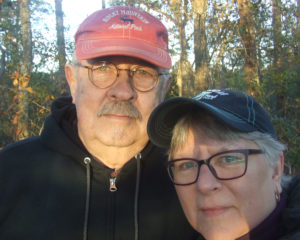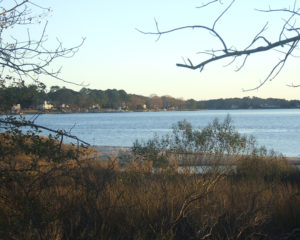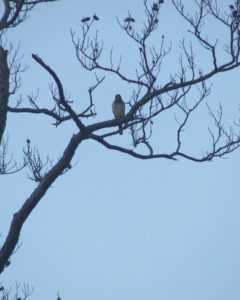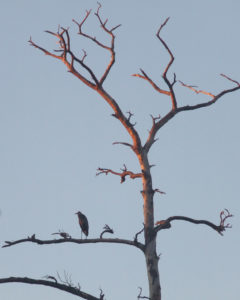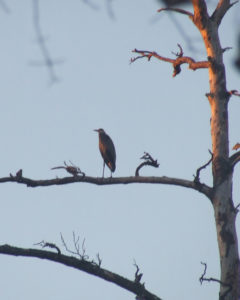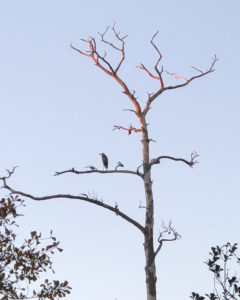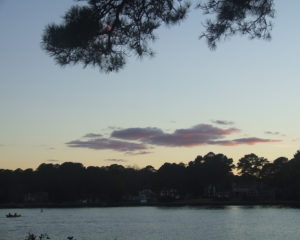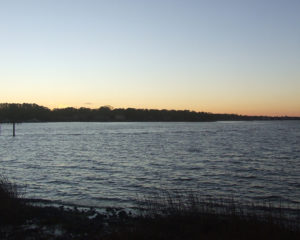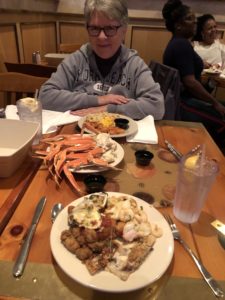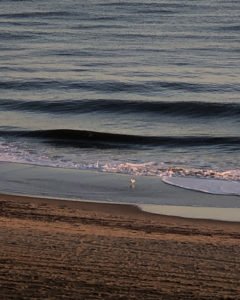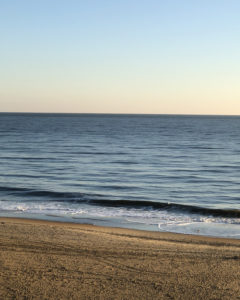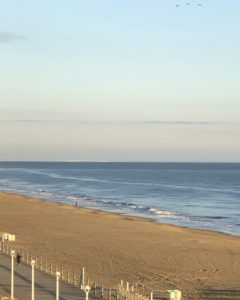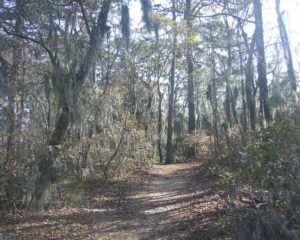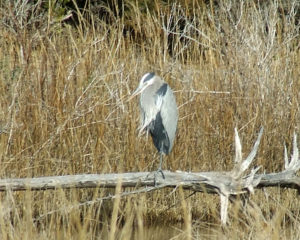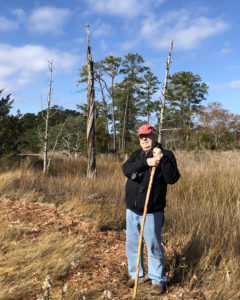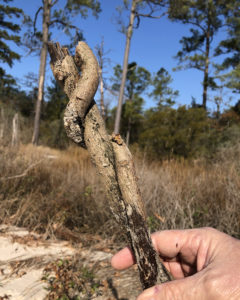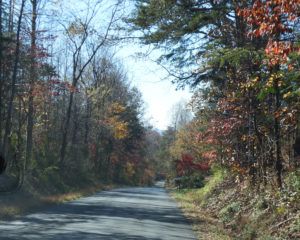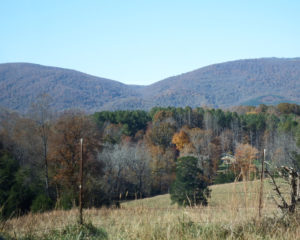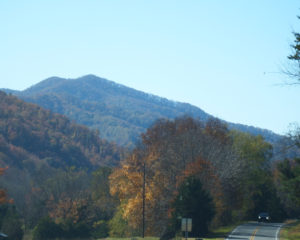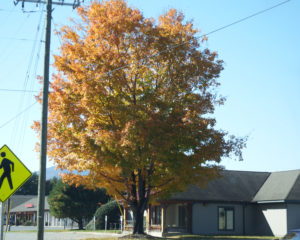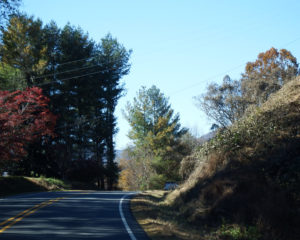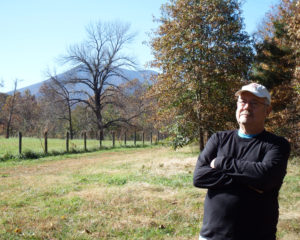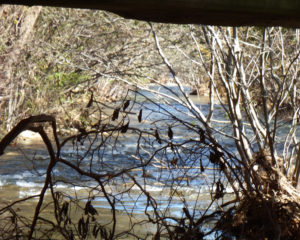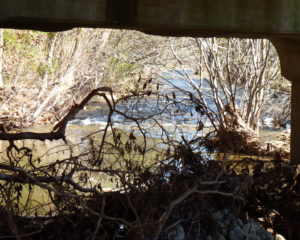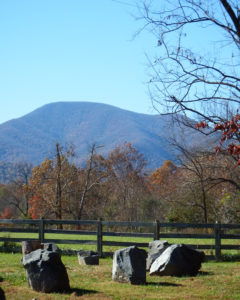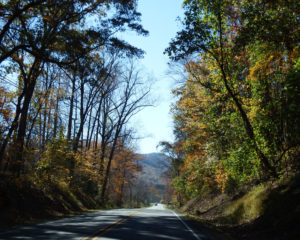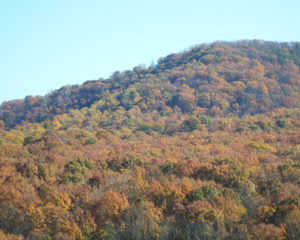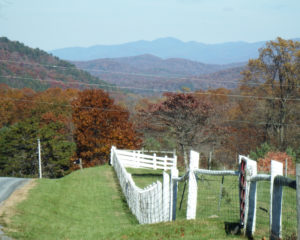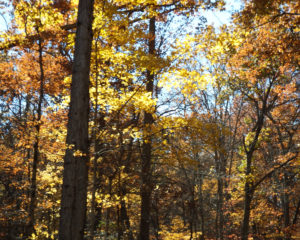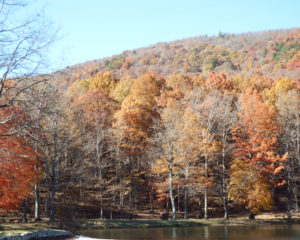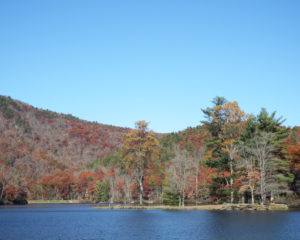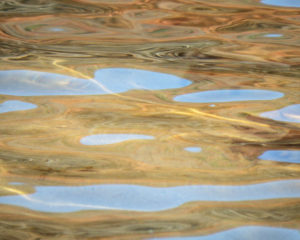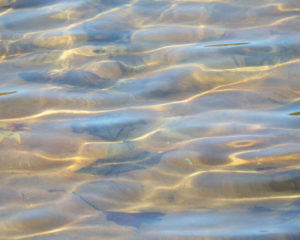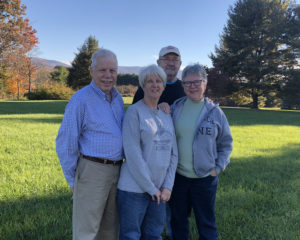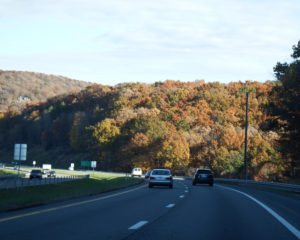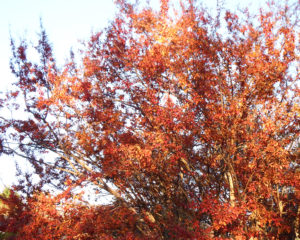The summer of 2018 has been one of the wettest I can remember here on the East Coast. We’d hoped to do a lot of camping in the new-to-us 2015 Coachmen Clipper that we bought towards the end of July, but many times when we had the opportunity to go, the weather just didn’t cooperative.
I gambled on a promising weather forecast and made reservations for Saturday, August 25th at Misty Mountain. Fortunately, the gamble paid off with clear skies, temperatures in the 80s, low humidity–and no rain!
After getting the car and trailer loaded on Saturday morning, we encountered the same weird, frustrating issue with the marker/tail lights not coming on when we plugged in the trailer’s 7-pin electric cord to the car. This started happening occasionally last spring when we’d connect our Scamp trailer, and since it’s happened a couple of times with the Clipper, too, it’s definitely a problem with the car. Intermittent problems are SO hard to diagnose, and when I had the car in the shop earlier in the summer, everything worked perfectly–go figure….
For a short drive on a sunny day, however, the lack of tail lights wasn’t a significant problem, and certainly not a reason to cancel the trip. Just after 1:00 p.m. we finally pulled out of the driveway.
When we got to the campground, Wayne went to the office to check us in while I stayed in the car and waited. And waited some more…. When he finally came out, he said that they had changed our site. Instead of the one I’d specifically reserved, they put us in a different site to accommodate a camper who wanted to stay an extra day.
We were told they would refund our money if we wanted to cancel, but after the hassle of getting ready to go–and not knowing when our busy schedules (and the weather) would allow us to get out again–we decided that site #56 would work just fine.

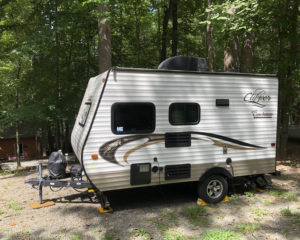

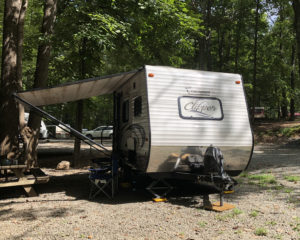
We opted to have the “driver’s side” of the trailer next to the road to give us more privacy, but that meant that the pedestal for electric, water, and cable hookups was on the “wrong” side of the trailer. Alrighty….
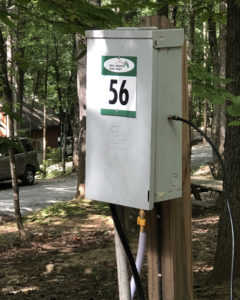
Our electric cord reached the pedestal with no problem, and we were also able to connect to the cable (woo-hoo!) When we tried to connect our hose to the spigot on the pedestal, however, we found it wasn’t long enough due to the way we were situated in the campsite. Well, darn!
To backtrack a moment, on our first trip out with the Clipper, the pedestal was on the “correct” side of the trailer, and we were easily able to connect our brand new hose to the outside spigot. All excited to finally have a sink with water, I turned on the faucet in the trailer–and nothing happened! After way too much troubleshooting, we finally discovered that the aerator on the faucet in the trailer was clogged. After we replaced it, it worked like it was supposed to. Yay!

This time we could have moved the trailer to be able to reach the water spigot on the pedestal, but quickly decided that it would be much, much easier (and possibly helpful in the future) to simply buy another hose. Wayne bought one at the camp store, and when we connected it to the first hose, we were in business.
Having a kitchen sink is really nice, and it’s also nice (like REALLY nice) to have a bathroom with a flushable toilet! Definitely a step up from the porta-potty we had in our Scamp. And while I’m not sure if we’ll ever use it, having the option to take a shower in the trailer is a plus, too.

There’s a lot to do at Misty Mountain, and we’d brought our bathing suits in case we wanted to go to swimming. Instead, we both dozed off in our camp chairs in the shade of the trailer’s awning. After a somewhat frenzied morning, it felt so nice to simply relax!
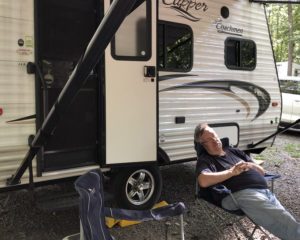
Later, we took a walk around the upper campground, checking out all the different trailers. We’re a bit partial to this one.
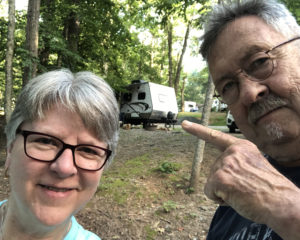
While Wayne went home to check the house, pick up the mail, and feed our kitty, I started dinner. Usually we bring homemade soup that we heat up on a camp stove, but this trip I wanted to try cooking inside–since I could.
We’d bought chicken that morning and put it in the fridge in the trailer. When I got it out, I was surprised and quite pleased to find that the package of frozen vegetables I’d put in the freezer compartment that morning was still frozen! Definitely better than bringing food in a cooler, and yes, I could get very used to this style of “camping”! 😉
While the chicken was cooking on the counter in an electric skillet, I turned on the TV (since I could!) and discovered far more channels on the cable connection at the campground than we get at home. So many conveniences and creature comforts packed into this little 16 ft. trailer!
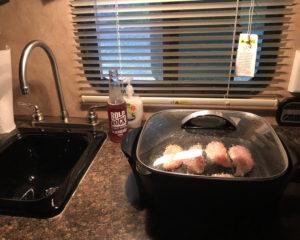

It was such a pleasant evening, and we enjoyed eating outside on the picnic table.
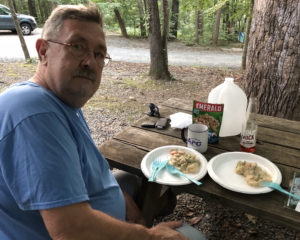

Of course THAT said, we’re using the dinette in the Clipper as a permanent bed, so we don’t have a particularly easy way to eat inside, anyhow. 😉


On our first trip with the Clipper, we used the dinette cushions with a 1″ foam topper that my cousin let me borrow. This time we took the 4″ memory foam topper off our bed in the house to see if that would be more comfortable, and it was. At some point, we’ll invest in a similar topper for the camper.
In the meantime, we’ve already started sketching out plans for some modifications that will allow us to have both a bed and a dinette. After all of the renovations we did on our Scamp trailer, what we have in mind for the Clipper seems quite do-able.
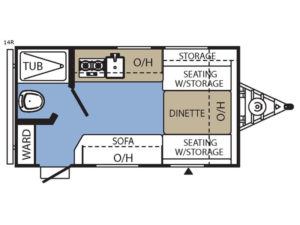
Sometimes when we stay at Misty Mountain, we go down the hill to the community building in the evening to play pool or to check out the scheduled activities, such as live music or karaoke. This time we opted to just stay at our campsite to learn more about our trailer. As a case in point, we used the propane for the first time to make some after dinner tea.
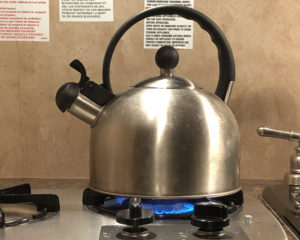

And once the fire was burning nicely in the fire pit outside, it was time for S’mores. This time–going on a recommendation of a camping friend–we tried chocolate graham crackers. 🙂
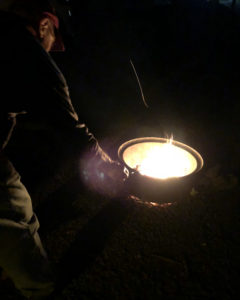

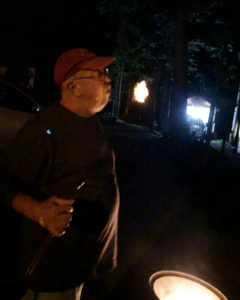

The bright porch light on a cabin across the road made for some interesting shadows on the front of our camper. It also provided a perfect opportunity to “capture the moment” and count our blessings.


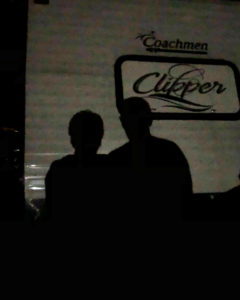
After sitting outside until the fire burned down, we went in the trailer and watched some more TV (since we could!), and fell asleep listening to crickets and katydids through the open windows. We slept well, and actually overslept by an hour and a half!
While Wayne made another trip home, I got a pot of coffee brewing. Sitting outside at the picnic table while sipping on my first cup of the morning (and before our quick breakfast of blueberry bagels and cream cheese), I wondered what my parents would think of our new little trailer. I think they would love it!
Our first family camper was a 13 ft. Carolina trailer that we got in 1966. It followed us all through New England, eastern Canada, and parts of the Midwest on summer vacations.

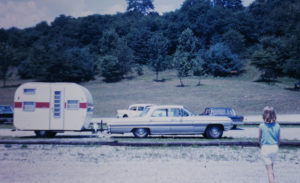
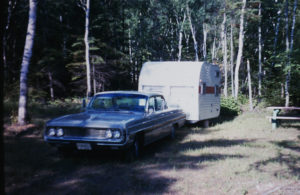
My parents bought a small Scotty trailer after the Carolina, but so far I haven’t been able to find any pictures of it. My dad took hundreds and hundreds of slides back in the day, and I’ve been slowly converting the slides to digital images. It’s quite possible that I simply haven’t found the right box of vacation pictures from those years.
In 1970 (or perhaps the year before) we got a small Shasta trailer.
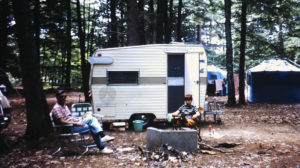
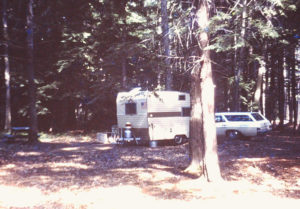
I can’t remember how long we had it, but I was still traveling with my parents well into my college years. Thinking back on those special times–memories made in campgrounds in the mountains of Vermont, on the rocky coast of Maine and in Nova Scotia, on the beaches of South Carolina, on the scenic Skyline Drive, on a lake in North Carolina, by a river in Wisconsin, and in so many other places–always makes me smile. 🙂
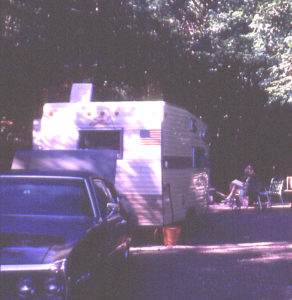
Will Wayne and I be able to travel with our Clipper? I hope so, but for now I’m thankful that we’re able to make new camping memories, even when we’re close to home. 🙂
